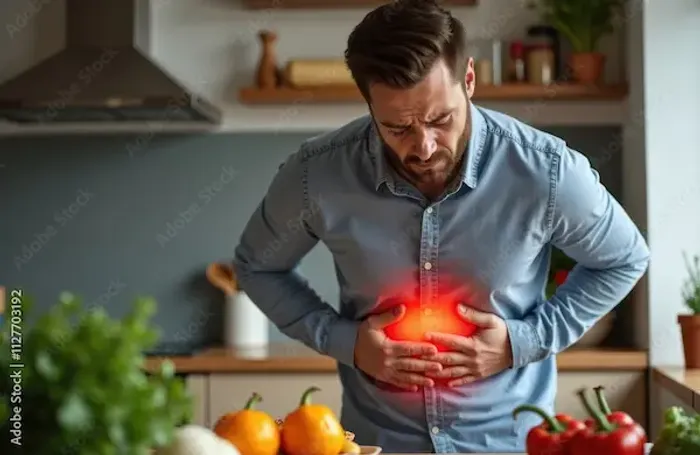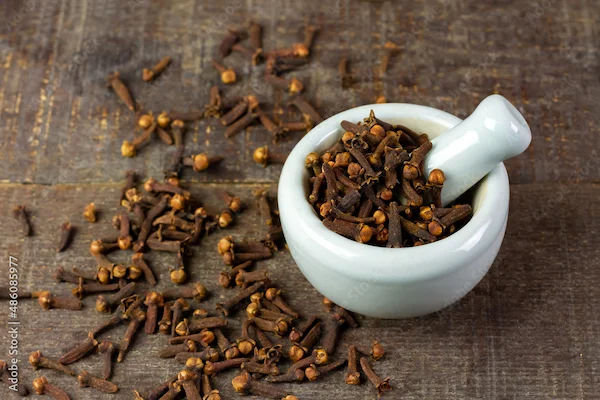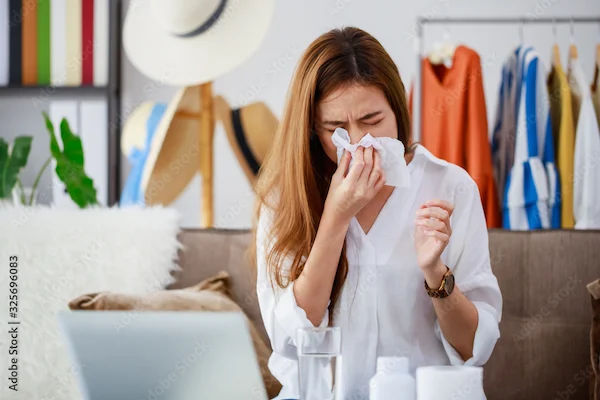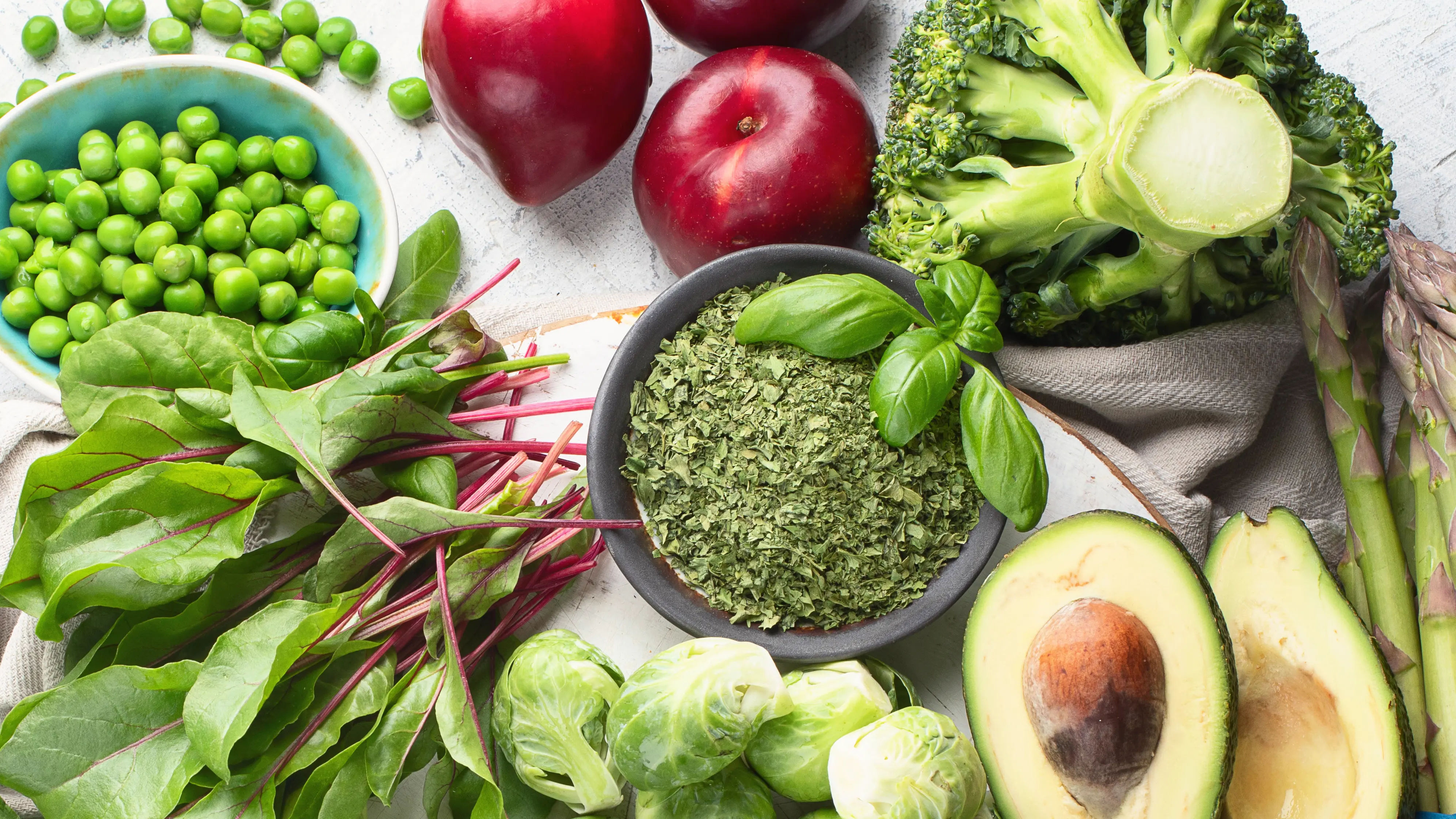What Leads To Signs Of Foodborne Illness And
Learn to identify the symptoms of foodborne illness and discover the essential steps to take for recovery and prevention.

Written by Dr. Md Yusuf Shareef
Reviewed by Dr. Shaik Abdul Kalam MD (Physician)
Last updated on 9th Oct, 2025

Introduction
That sudden, overwhelming nausea after a meal. The cramping that doubles you over. We’ve all likely experienced, or known someone who has experienced, the miserable effects of a foodborne illness, commonly known as food poisoning. It’s an unsettling reality that the very food meant to nourish us can sometimes make us profoundly ill. But what exactly is happening inside your body to cause these dramatic symptoms? Is it just a "stomach bug," or is it something more? This article goes beyond a simple list of symptoms. We will explore the science behind foodborne illness, detailing the common and severe signs, explaining why they occur, and outlining the timeline from ingestion to illness. More importantly, we’ll equip you with the knowledge to manage mild cases at home and identify the red flags that mean it’s time to seek professional medical help. Understanding these signs is your first line of defence in protecting your health and knowing when to consult a doctor online with Apollo24|7 for prompt advice.
What exactly is a Foodborne Illness?
A foodborne illness is an infection or irritation of the digestive tract caused by consuming food or beverages contaminated with harmful microorganisms, primarily bacteria, viruses, parasites, or their toxins. It’s not a single disease but a wide range of conditions. Think of it as an uninvited guest, or more accurately, an army of uninvited guests, that hijacks your digestive system.
The Unseen Invaders: Pathogens Behind the Sickness
The culprits are often invisible to the naked eye. They can contaminate food at any point: during growth, harvesting, processing, storage, shipping, or final preparation. The most common types of pathogens include:
- Bacteria: Such as Salmonella, E. coli, and Listeria. These are living organisms that can multiply in food or inside your body. Some bacteria produce toxins that cause illness even if the bacteria themselves are dead.
- Viruses: Like Norovirus (the infamous "cruise ship virus") and Hepatitis A. Viruses cannot grow in food, but food can serve as a vehicle for them to get from one person to another.
- Parasites: Such as Giardia or Toxoplasma. These are larger organisms that live in or on a host and can be transmitted through contaminated food or water.
- Toxins and Chemicals: This includes natural toxins (like in some mushrooms) or chemical contaminants (like pesticides improperly used on food).
Consult a Gastroenterologist for the best advice
The Most Common Signs of Foodborne Illness
The signs of a foodborne illness are your body's emergency response system kicking into high gear. The goal is to identify and expel the harmful substance as quickly as possible.
Gastrointestinal Distress: The First Wave of Symptoms
This is the classic constellation of symptoms everyone associates with food poisoning. They are direct reactions to the irritation and inflammation in your stomach and intestines.
Nausea and Vomiting: Your Body's Emergency Eject
Nausea is the warning signal; vomiting is the action. When your brain detects the presence of a toxin or pathogen in your gut, it triggers the vomiting reflex to forcibly empty the stomach contents. This is a protective mechanism, albeit a very unpleasant one. For example, the toxin produced by Staphylococcus aureus bacteria can cause violent vomiting within just a few hours of ingestion.
Diarrhoea: The Rush to Flush the System
Similarly, diarrhoea is your intestines' way of speeding up the process to flush out the offending organisms. The pathogen damages the lining of the intestines, causing them to secrete fluid instead of absorbing it, leading to watery, frequent stools. This is a hallmark symptom of infections like Campylobacter or Norovirus.
Systemic Symptoms: When the Whole Body Reacts
Often, the effects aren't confined to your gut. As your immune system mounts a defence, it can cause body-wide symptoms.
Fever and Chills: The Immune System Fights Back
A fever is a positive sign that your body is fighting an infection. The elevated temperature helps create an environment that is less hospitable to the invading pathogens. Chills often accompany a rising fever as your body works to generate more heat.
Fatigue and Body Aches: The Cost of Battle
The energy required to power your immune response is immense. It’s common to feel extremely tired and weak. Body aches (myalgia) can occur due to the release of inflammatory chemicals as your body battles the infection.
Timeline of Trouble: When Do Symptoms Typically Appear?
The incubation period, the time between eating contaminated food and the first appearance of symptoms of food poisoning, varies dramatically depending on the pathogen. This is a key piece of information that can sometimes help identify the cause.
- Rapid Onset (1-6 hours): Often caused by pre-formed toxins, like from Staphylococcus aureus or Bacillus cereus. The toxin is already in the food, so the body reacts almost immediately.
- Medium Onset (6-24 hours): Common for bacteria like Salmonella and Clostridium perfringens. The bacteria need a little time to multiply or produce toxins inside your body.
- Delayed Onset (1-7 days or more): Characteristic of parasites like Giardia or bacteria like Listeria and E. coli O157:H7.
These organisms take longer to establish an infection and cause damage.
Beyond the Basics: Severe Symptoms That Demand Immediate Medical Attention
While most cases of foodborne illness are mild and self-limiting, some signs indicate a potentially life-threatening
situation. Seek immediate medical attention if you or a loved one experience:
- Signs of severe dehydration: Little to no urination, dry mouth and throat, dizziness when standing, sunken eyes, confusion.
- Bloody diarrhoea or vomit.
- A high fever (over 101.5°F or 38.6°C).
- Diarrhoea that lasts more than three days.
- Severe abdominal pain or cramping that doesn't subside.
These symptoms can indicate a more invasive infection or complication, such as haemolytic uremic syndrome (HUS) from E. coli, which can lead to kidney failure. If you experience any of these severe symptoms, it is crucial to book a physical visit to a doctor immediately.
Common Culprits: Which Pathogens Cause Which Symptoms?
Different pathogens have different "signatures."
Bacterial Offenders: Salmonella, E. coli, and Listeria
- Salmonella: Often from undercooked poultry, eggs, and raw produce. Causes fever, diarrhoea, and abdominal cramps within 12-72 hours.
- E. coli (O157:H7): Associated with undercooked ground beef and raw leafy greens. Can cause severe, bloody diarrhoea and is a leading cause of HUS.
- Listeria: Found in ready-to-eat deli meats, unpasteurised cheeses, and smoked seafood. Particularly dangerous for
pregnant women, newborns, and the elderly, as it can cause meningitis and sepsis.
Viral Villains: Norovirus and Hepatitis A
- Norovirus: Extremely contagious; spreads easily through contaminated food or surfaces. Causes sudden onset of vomiting and watery diarrhoea, often called the "stomach flu."
- Hepatitis A: A liver infection spread through fecal-oral contamination. Symptoms include fatigue, nausea, abdominal pain, and jaundice (yellowing skin and eyes), which can appear weeks after exposure.
Who is Most at Risk for Severe Complications?
Certain groups have immune systems that are less able to fight off infections, making them more vulnerable to severe outcomes from a foodborne illness:
- Young children whose immune systems are still developing.
- Older adults whose immune systems may be declining.
- Pregnant women due to changes in metabolism and circulation.
- Individuals with compromised immune systems (e.g., from HIV/AIDS, cancer treatment, or organ transplants).
What to Do If You Suspect a Foodborne Illness
Foodborne illnesses can strike suddenly, and knowing how to respond quickly is crucial for your health.
Home Care Strategies for Mild Cases
If your symptoms are manageable, the goal is supportive care:
- Hydrate, Hydrate, Hydrate: Sip clear fluids like water, broth, or an oral rehydration solution. Avoid dairy, caffeine,
alcohol, and sugary drinks, which can worsen diarrhoea. - Ease Back into Eating: When nausea subsides, start with bland, easy-to-digest foods like bananas, rice, applesauce, and toast (the BRAT diet).
- Rest: Your body needs energy to fight the infection.
When to Consult a Doctor
If symptoms persist beyond two weeks, are severe, or you are in a high-risk group, consult a doctor online with Apollo24|7 for further evaluation. A doctor can help determine the cause, recommend specific treatments, and, if necessary, order diagnostic tests.
Prevention is Power: How to Avoid Foodborne Illnesses
The best treatment is always prevention. Adhere to these four core principles of food safety:
- CLEAN: Wash hands, utensils, and surfaces often.
- SEPARATE: Keep raw meat, poultry, seafood, and eggs separate from ready-to-eat foods.
- COOK: Use a food thermometer to ensure foods are cooked to a safe internal temperature.
- CHILL: Refrigerate perishable foods promptly. Your refrigerator should be at or below 40°F (4°C).
Conclusion
Recognising the signs of foodborne illness is more than just identifying an upset stomach. It's about understanding your body's complex defence mechanisms as it works to expel harmful invaders. From the sudden onset of vomiting caused by a toxin to the delayed fever and cramps of a bacterial infection, each symptom tells a story. While most episodes are short-lived, knowing the severe red flags empowers you to seek timely medical care, especially for the most vulnerable among us. By combining this knowledge with diligent food safety practices like washing, separating, cooking, and chilling, you can significantly reduce your risk. Listen to your body, act wisely when symptoms appear, and remember that professional help from platforms like Apollo24|7 is readily available when you need it. Stay informed and stay safe.
Consult a Gastroenterologist for the best advice
Consult a Gastroenterologist for the best advice

Dr. Lekkala Rajesh
Gastroenterology/gi Medicine Specialist
12 Years • MBBS, DNB Internal Medicine DrNB Medical Gastroenterology and Hepatology | Medical Gastroenterology
Secunderabad
Apollo Hospitals Secunderabad, Secunderabad
(75+ Patients)

Dr. Vipul Worah
Gastroenterology/gi Medicine Specialist
29 Years • MBBS, MD (Med.),DM (Gastro)
Ahmedabad
Apollo Hospitals Gandhinagar, Ahmedabad

Dr. Swapnil Mujawdiya
Gastroenterology/gi Medicine Specialist
7 Years • MBBS, MD (Medicine), DM, Gastroenterology, SGPGI (Lucknow).
Indore
Apollo Hospitals Vijay Nagar, Indore

Dr Vishnu Abishek Raju
Gastroenterology/gi Medicine Specialist
13 Years • MBBS- VMKVMC , Salem. MD- Internal Medicine KMC Manipal. DM –Medical Gastroenterology- KMC Chennai. Advanced third space endoscopy training- West China hospital, Sichuan university. EUS training – Herlev hospital University of Copenhagen.
Chennai
Apollo Hospitals Greams Road, Chennai

Dr. Vamsi Chaitanya Gude
Gastroenterology/gi Medicine Specialist
5 Years • MBBS., MD., DM
Kakinada
Apollo Hospitals Surya Rao Peta, Kakinada
Consult a Gastroenterologist for the best advice

Dr. Lekkala Rajesh
Gastroenterology/gi Medicine Specialist
12 Years • MBBS, DNB Internal Medicine DrNB Medical Gastroenterology and Hepatology | Medical Gastroenterology
Secunderabad
Apollo Hospitals Secunderabad, Secunderabad
(75+ Patients)

Dr. Vipul Worah
Gastroenterology/gi Medicine Specialist
29 Years • MBBS, MD (Med.),DM (Gastro)
Ahmedabad
Apollo Hospitals Gandhinagar, Ahmedabad

Dr. Swapnil Mujawdiya
Gastroenterology/gi Medicine Specialist
7 Years • MBBS, MD (Medicine), DM, Gastroenterology, SGPGI (Lucknow).
Indore
Apollo Hospitals Vijay Nagar, Indore

Dr Vishnu Abishek Raju
Gastroenterology/gi Medicine Specialist
13 Years • MBBS- VMKVMC , Salem. MD- Internal Medicine KMC Manipal. DM –Medical Gastroenterology- KMC Chennai. Advanced third space endoscopy training- West China hospital, Sichuan university. EUS training – Herlev hospital University of Copenhagen.
Chennai
Apollo Hospitals Greams Road, Chennai

Dr. Vamsi Chaitanya Gude
Gastroenterology/gi Medicine Specialist
5 Years • MBBS., MD., DM
Kakinada
Apollo Hospitals Surya Rao Peta, Kakinada
More articles from General Medical Consultation
Frequently Asked Questions
1. What's the difference between a stomach flu and food poisoning?
'Stomach flu' (viral gastroenteritis) is typically caused by viruses like norovirus and is highly contagious from person-to-person contact. Foodborne illness is specifically caused by consuming contaminated food, though the symptoms can be identical. It's often difficult to tell them apart without a lab test.
2. How long does food poisoning usually last?
Most mild cases of food poisoning resolve on their own within 24 to 48 hours. Some bacterial infections, like those from Campylobacter, can cause diarrhoea for up to a week.
3. What is the quickest way to get rid of food poisoning?
There is no instant cure. The quickest path to recovery involves supportive care: rest and diligent hydration with water or electrolyte solutions to replace lost fluids. Your body needs time to fight off the infection.
4. What are the first signs of food poisoning to look for?
The earliest signs are often nausea, loss of appetite, and mild abdominal cramps, which can quickly progress to vomiting, diarrhoea, and sometimes fever.
5. When should you go to the ER for food poisoning?
Go to the emergency room if you experience signs of severe dehydration (no urine, dizziness), bloody vomit or stool, a fever over 102°F (39°C), severe abdominal pain, or blurred vision and muscle weakness (which can indicate botulism).



_2.webp)
